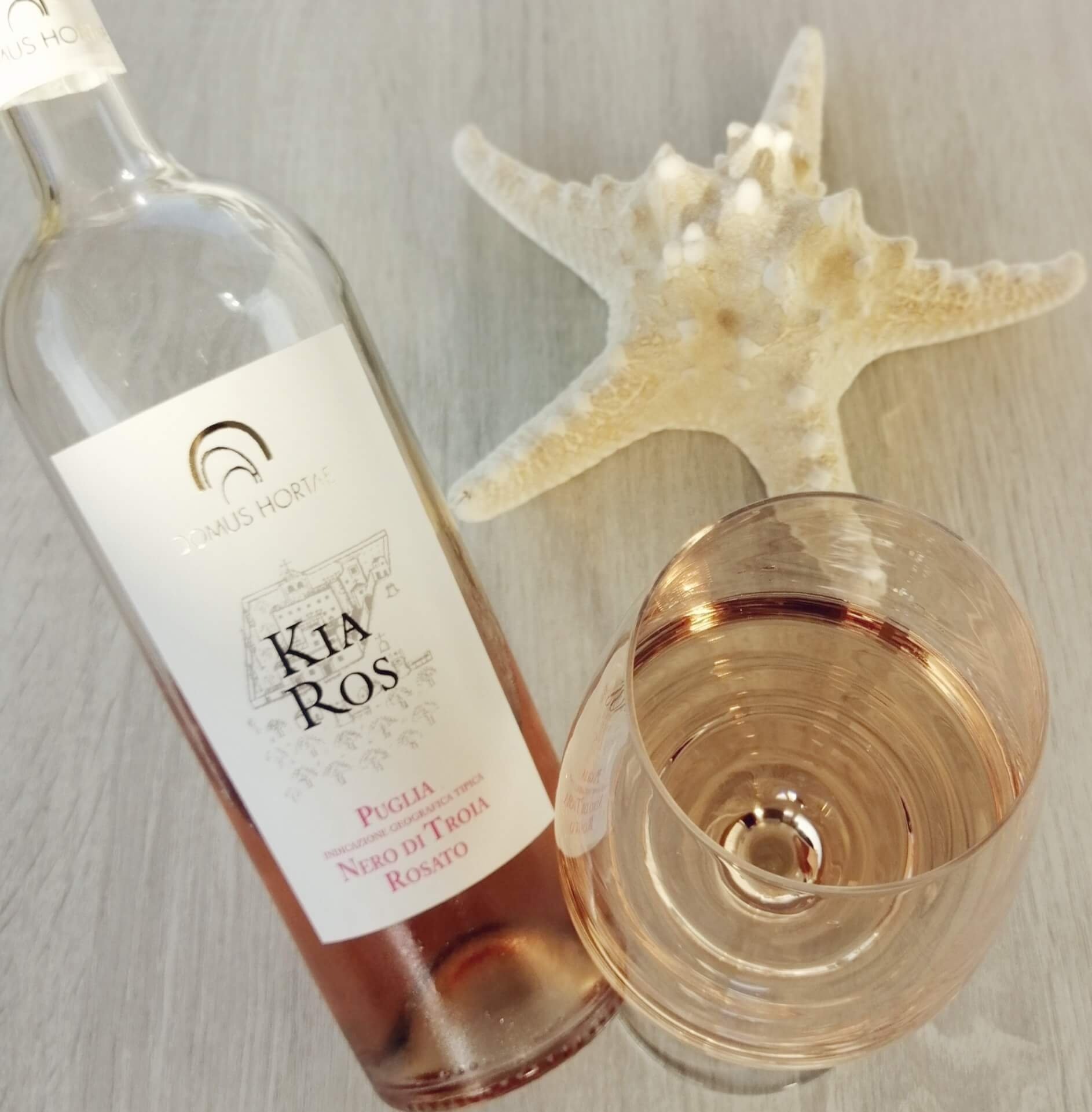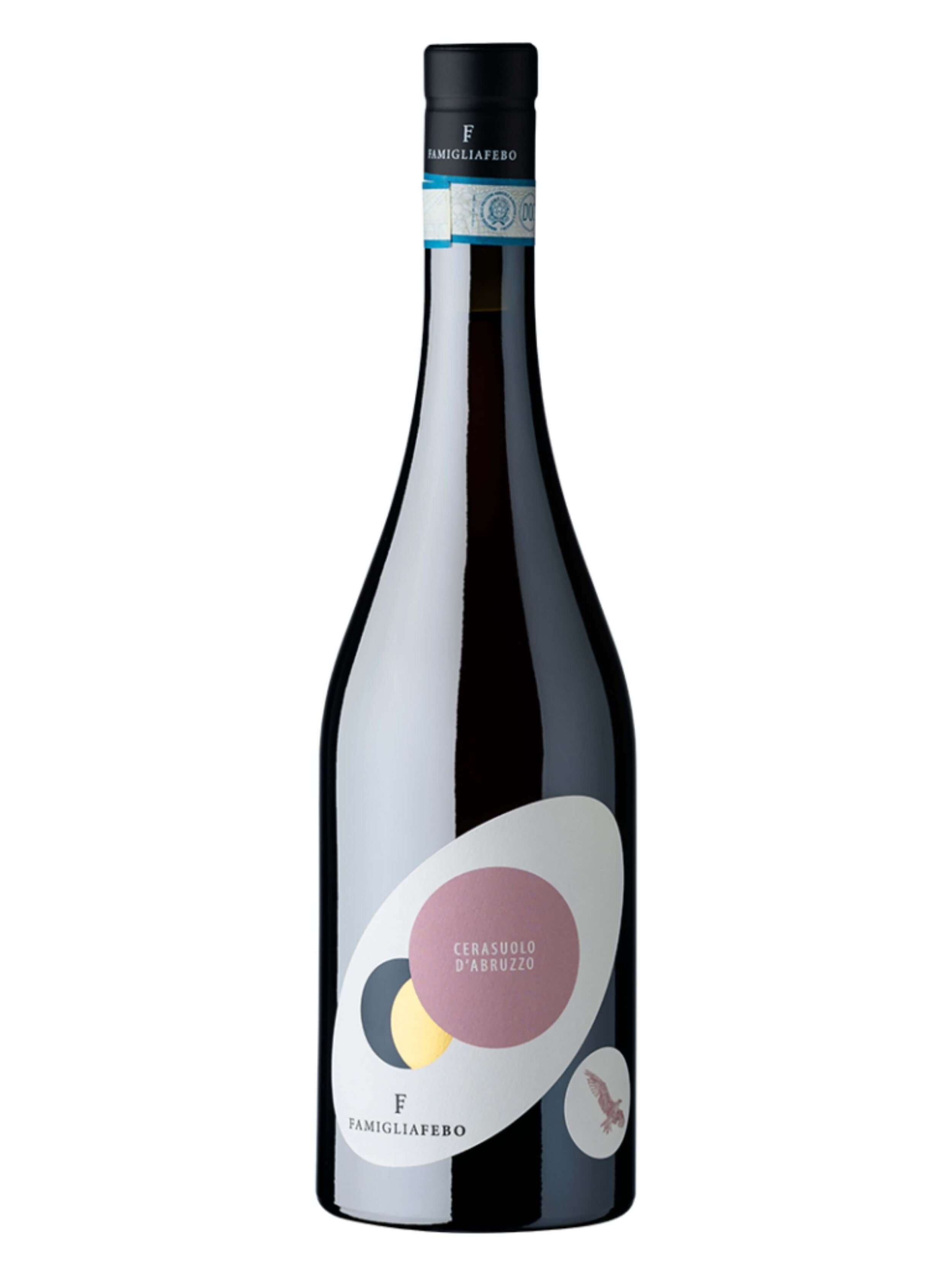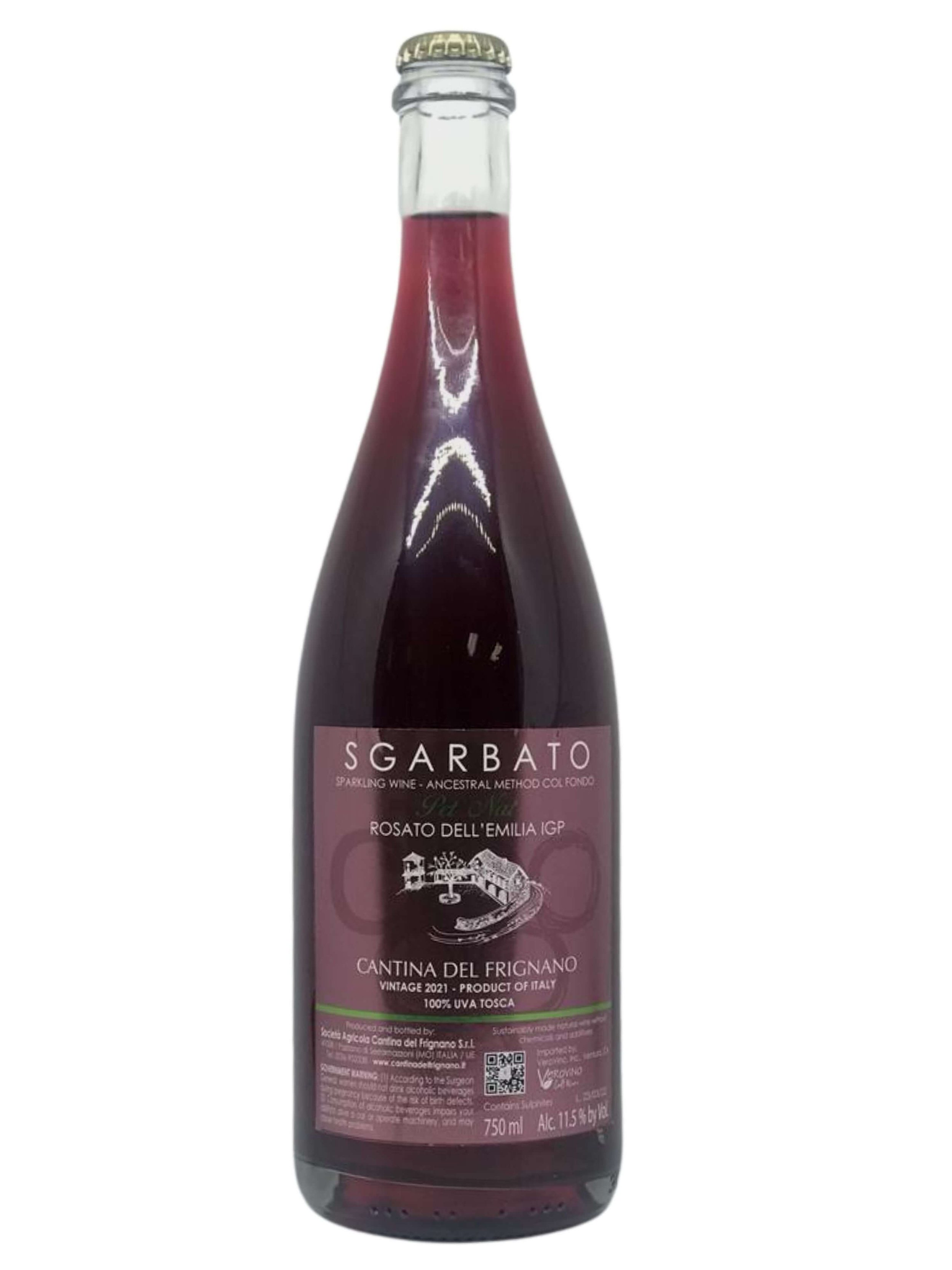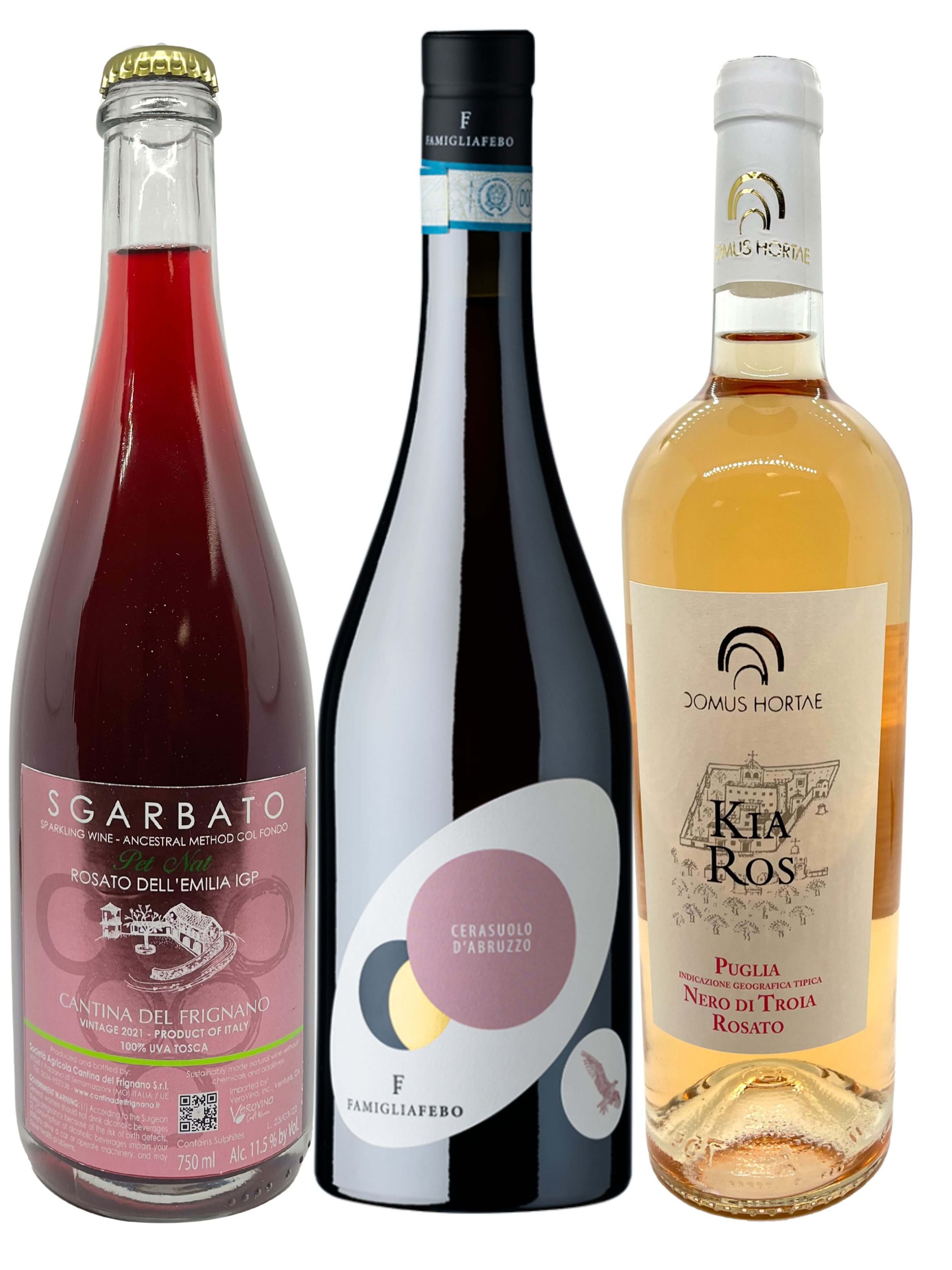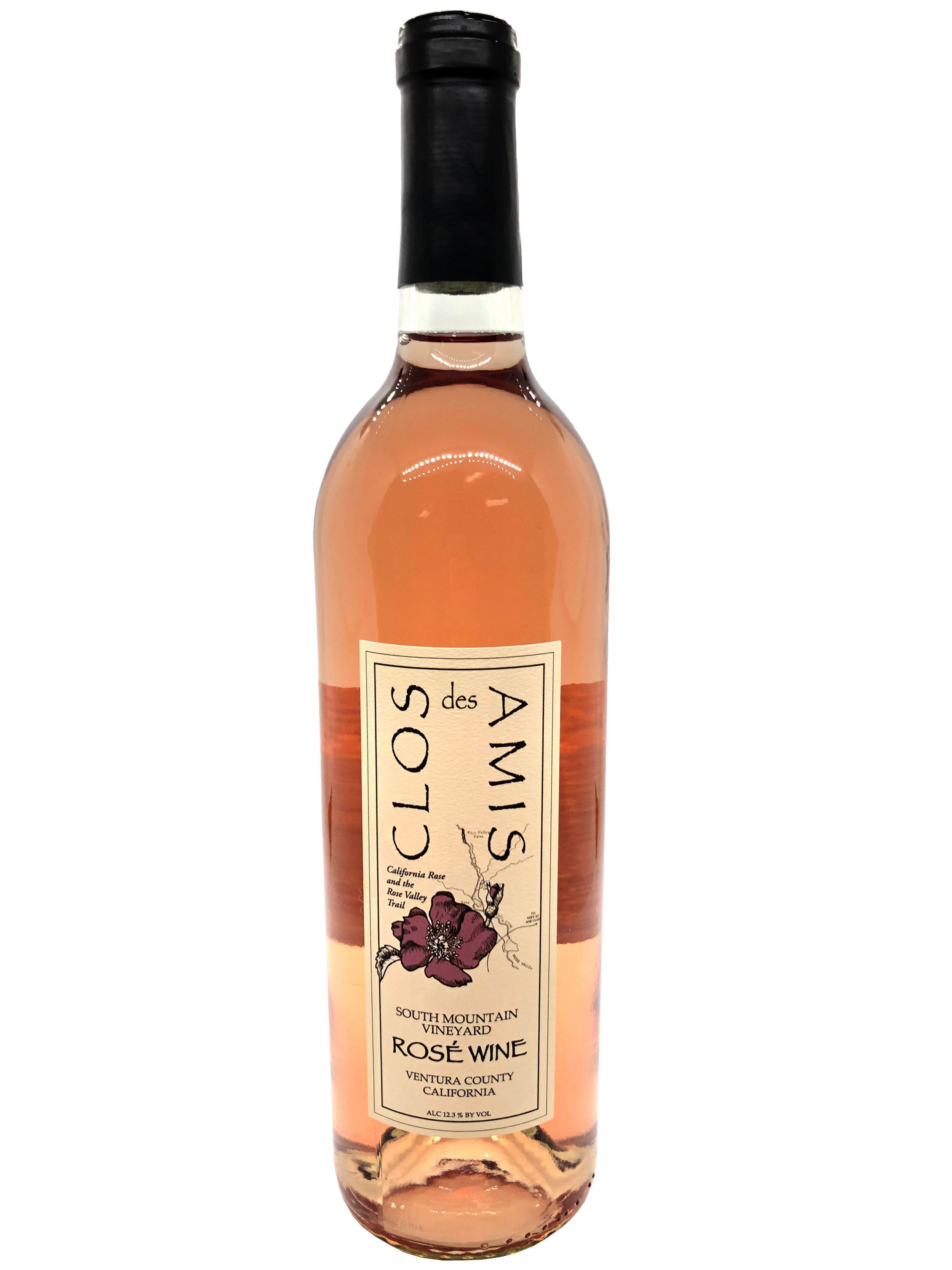The Rosé Region of Italy
Vero Founder, Sheila Donohue’s, first trip to Puglia, aka Apulia, the heel of the boot of Italy, was with her former colleague who invited her to come along with him, and his girlfriend at the time, while visiting his family and hometown during the summer of 2002. She remembers walking into his parents’ house and first seeing his dad sitting down in the kitchen with a glass of rosé wine in front of him. As she struck up a conversation with him, her glance kept going back to the glass of pink colored wine in front of him.
She hadn’t seen this color of wine since her “early experimental” drinking years in her late teens/early 20s (when it was legal to drink at 18, by the way!) A wine called ‘white zinfandel’ was big then. She knew she was supposed to like it but found it too cloyingly sweet. She preferred drinking regular juice compared to white zinfandel.
So, she was struck by her friend’s dad’s choice to drink a pink colored wine. He was cultured and demure, very much into tradition and history, practically the opposite of the typical white zinfandel persona during the heyday of white zinfandel 30 plus years ago. And this was begging the question: is rosé wine sweet or dry?
Let’s explore rosé wines from the vantage point of a Southern Italian from Puglia.
Graffiti in the Old Stone Age Paglicci grotto in the province of Foggia where Domus Hortae is based. Picture courtesy of Wikipedia.
History of Puglia
As Puglia native & history buff, Rosanna Melchionda, of Domus Hortae family winery in Northern Puglia, recounted in our interview of her during Women’s History Month this year that Puglia was first settled in the Old Stone Age, then followed by the Greeks, where it was actually a Greek colony, then the Romans, which is seemingly one of the “newest” eras of the history of Puglia. In fact, according to Wikipedia, the province were Domus Hortae is based, Foggia, has the one of the most important Old Stone Age sites in all of Europe, called the Paglicci Grotto, which is one of the oldest pictures of graffiti in the world.
So you can imagine, while traveling in Puglia, you’ll see first hand a lot of history unfolding around you, much older architecture even than Rome! Then, after the Roman Empire, it was colonized the the Byzantines, aka the Eastern Roman Empire, then the Lombards from the North followed by the Kingdoms of Sicily & Naples. The change of hands from one civilization / state to the next, sounds reminiscent of the history of the Czech Republic, doesn’t it?
In fact, it has left a land and people which has agriculture as the main pillar of the local economy, with noble & wealthy land-owners, still to this day, very much influencing society, while the richness of the region is the character and warmth of the Pugliese (poo-yyayzee) people.
Culture of the Pugliese People Today
One of the images that you may have of being in Italy is to be amongst lively, expressive and welcoming people who often gather around food and drink and celebrate a lot with family at the center.
This, in part, is true, but more a scene you’d see with Southern Italy people. In fact, throughout Southern Italy, there are dances and music specific to certain areas, like Pizzica from the South East of Italy (Puglia), or the Tarentella in the South West (near Naples, or Napoli), which demonstrate how, for centuries, these people socialized and passed time together.
A symbol of Puglia are its trulli. Here are some of them in Alberello, a UNESCO world heritage site. They are small cone shaped stone houses built as homes for agriculture workers.
Then, if you start to dissect the various cultures of Southern Italy people, you’ll find differences between the Pugliesi on the Eastern part of the boot of Southern Italy compared to the Western Napolitani, Calabresi and Siciliani. The Pugliesi are slightly more reserved compared to their Western compatriots with deep pride for the traditions and history around them.
Perhaps this is what Sheila Donohue noticed when meeting her Pugliese friend’s dad for the first time in 2002. From that short weekend visit, she learned a lot about what to see and explore in the area; she was invited to a pig roast, met many locals and had all sorts of local dishes, and, yes, wine. She discovered many types of wines made from native grapes she never heard of before. But what left a lasting, game changing impression on her was her discovery of a dry rose wine, or rosato wine, as they say in Italy.
Wines of Puglia
Thanks to the Greeks, there is a long history of viticulture in Puglia, which have left their mark up to today; for example, you often come across alberello, or head-trained “bush” vines, that the Greeks introduced. Puglia was known for centuries for its wine, with Dante Alghieri calling it “(the) land where the sun becomes wine.” They are blessed with having many native grapes, from white to red, which is what you find to this day when traveling the region. Puglia, though, “cursed” its great reputation as a winemaking region starting in the 1700s by focusing on quantity over quality. This continued for hundreds of years, yet those tides where turning right when Sheila was visiting Puglia for the first time in 2002, with the region putting more priority on quality over quantity.
What Kind of Wine is a Rosé?
Lots of questions comes up often during winetastings of rose wines with consumers, like how is rosé different from red wine? how is rosé different from white wine?
As we mentioned in our previous article on rose wines, a rose wine is made (primarily) from red grapes however, like for most white wines, the skins are taken out immediately, or after a short amount of skin contact, so that way the red color from the grape skins does not leave much color, therefore leaving a pinkish hue instead. The winemaker may also adjust the process to accentuate the style of the rose wine being made, like harvesting earlier so to have a higher amount of acidity or doing a cold fermentation, as is done with many white wines, to help preserve the fruit, aromatics and acidity.
Which Region In Italy is Known for Rosé Wines?
Domus Hortae’s Kiaros Nero di Troia Rose Wine from Puglia is a great summertime wine.
Puglia, for sure. Why is this the case?
They say it goes back to the Greeks. They are credited for introducing to the Pugliese people an early technique of making rosé wines known as the tear method (i.e., like crying) due to a soft pressing, which evolved to rose winemaking. Then noble and well-to-do families of Puglia started the tradition of serving rose wines at meals and gatherings, considering rose wines more delicate and appealing to the palette. This tradition caught on and lasted into modern times.
Rosés, or vini rosati in Italian, then became popular throughout Italy post second World War thanks to a large winery in Salento, Southern Puglia, who made a very popular rosé wine from native Pugliese red grapes.
We have another theory: Puglia, especially the Southern part, is a warm climate area and some of their red grapes, like primitivo (which, by the way, is considered the same as zinfandel grape) can make jammy, high alcohol red wines. By making a rose wine from a red grape of this nature from a hot place like Puglia, and ideally harvesting it a bit earlier so the grapes have more acidity, it produces a fruity, fresh and lighter version of its heavier and bolder red counterpart. We are not saying that one is better than the other. It depends on what taste YOU like - after all, we all have different palettes; plus our wine preferences often change depending on the time of the year, what mood we are in, the occasion, what we are eating, etc. But, a dry rose wine which is well made is a real treat, independent of your general wine taste preferences.
Which Part of Puglia Makes the Best Wines?
Andrea Bacci wrote De naturali vinorum historia or The Natural History of Wines, in the 1500s, originally written in Latin, and whose book is internationally acclaimed to this day, as it was awarded the International Organization of Vine and Wine prize in 1993. Andrea Bacci believed that the best area for making wines in Puglia were from a town close to where Domus Hortae’s estate is today, in Northern Puglia.
Domus Hortae is a traditional Pugliese winery, with super long roots, going back to the 1700s, that focuses only on native grapes from Puglia. The red grape that is hyper local to them is nero di Troia, also known as uva di Troia, which apparently comes from the nearby town of Troia in their province of Foggia. Compared to the more famous red grape from Puglia, primitivo, nero di troia produces a fresher, more tannic red wine.
The minute we tasted Domus Hortae’s rose, Kiaros, we got excited about it: this is the rose wine best from Puglia and we couldn’t wait to import it into the US, which we did for the first time late last year, along with Domus Hortae’s other wines. It has a strawberry jolly rancher-like taste, with a touch of acidity and lots of light red fruit on the palette. It’s not only a great wine for warm weather enjoyment, but is steeped in history too.
We have a selection of other type of rose wine from small, farmer-artisan wineries across Europe, not just other rose wine Italy but also a rose wine from the Czech Republic and a rose wine sparkling as well as natural wines made as a rose wine. We have the rose wine best that you have to try!
If you work in the industry, contact us to get pricing and to taste. Otherwise, go to our online shop and get ready to open your world to some incredible new rose wines. Stop and smell the stop and smell the rosés!



